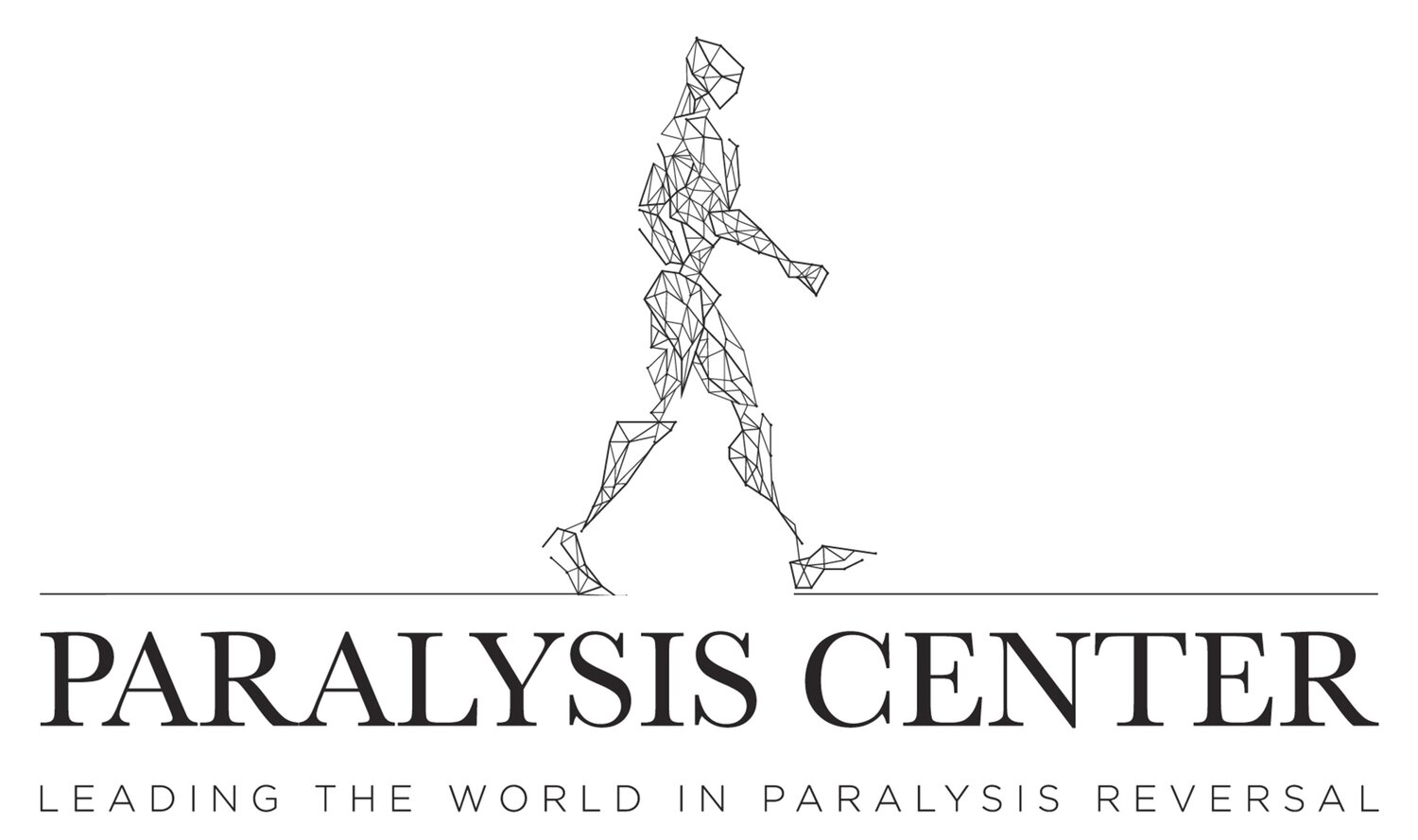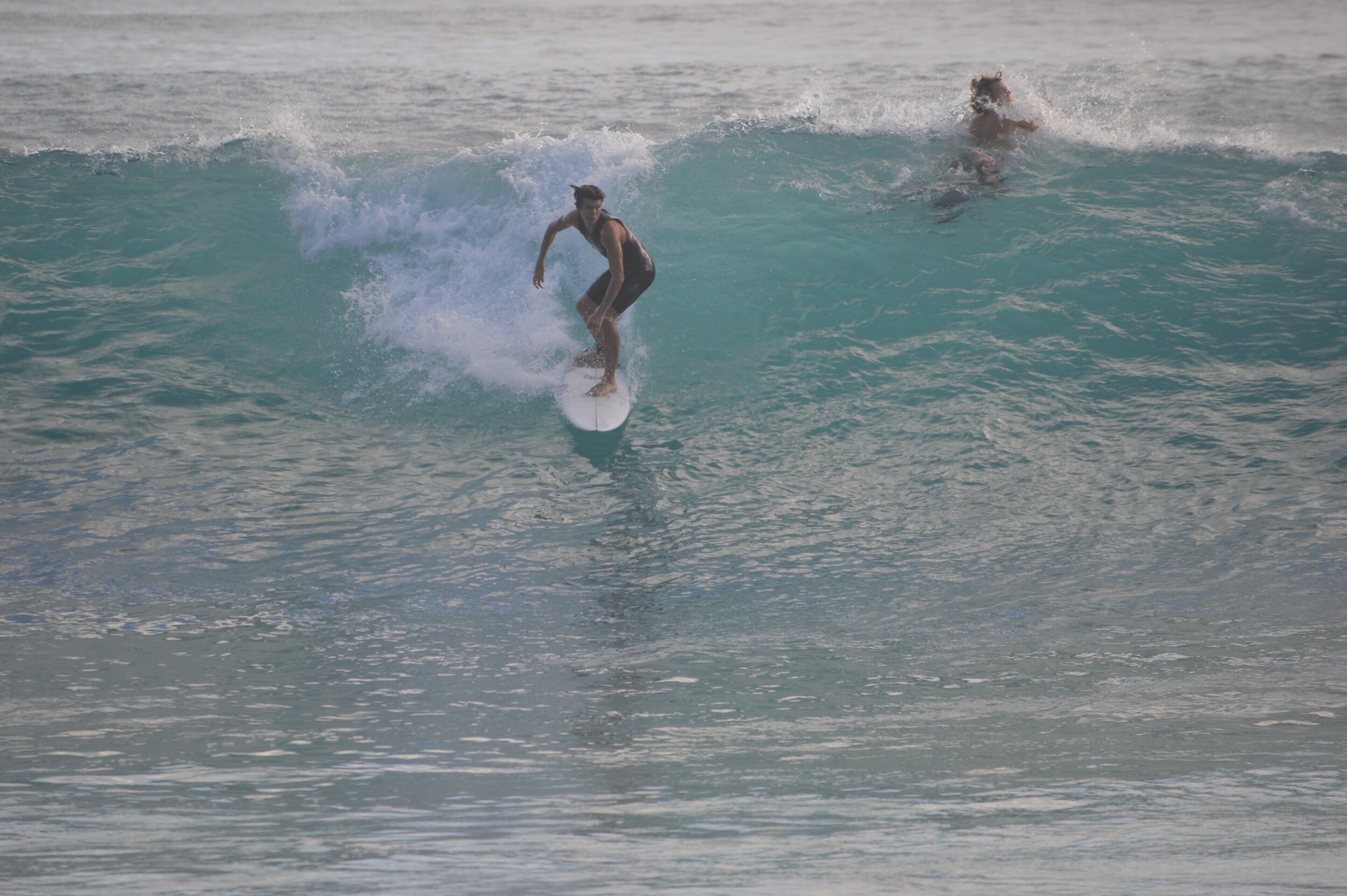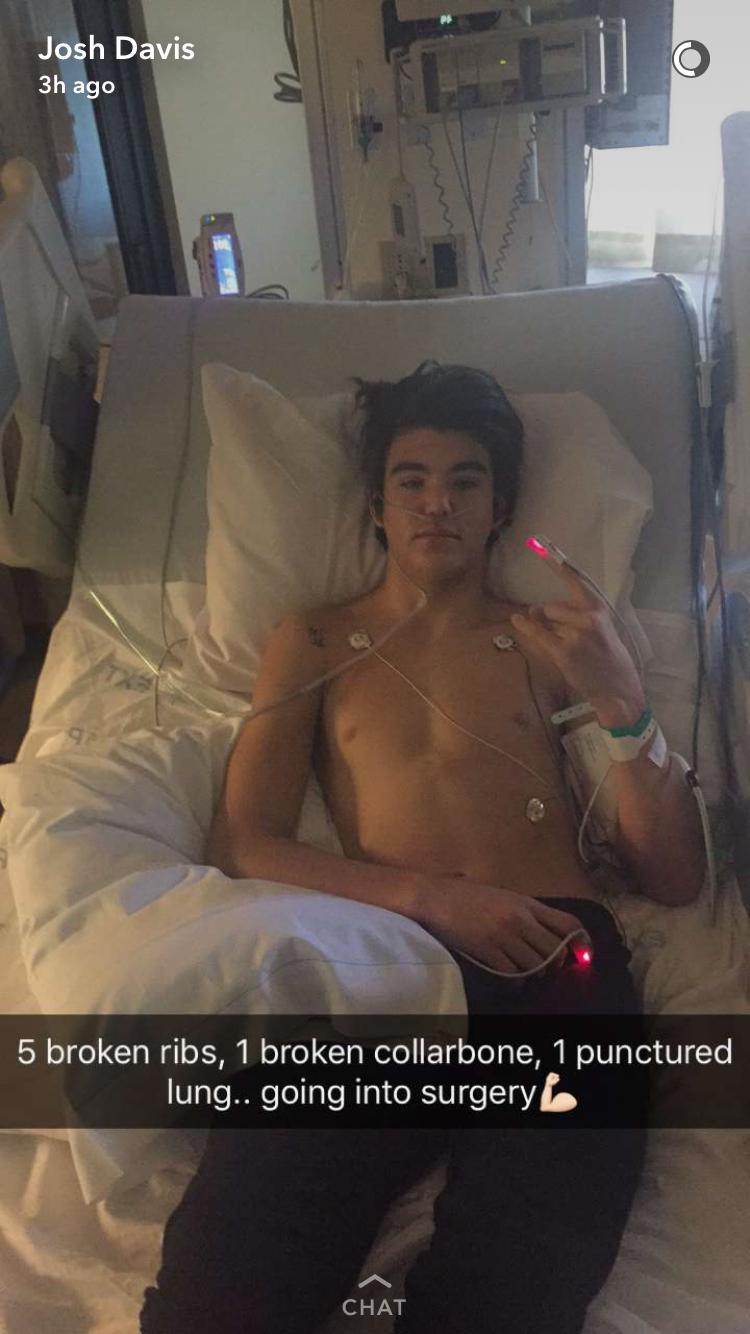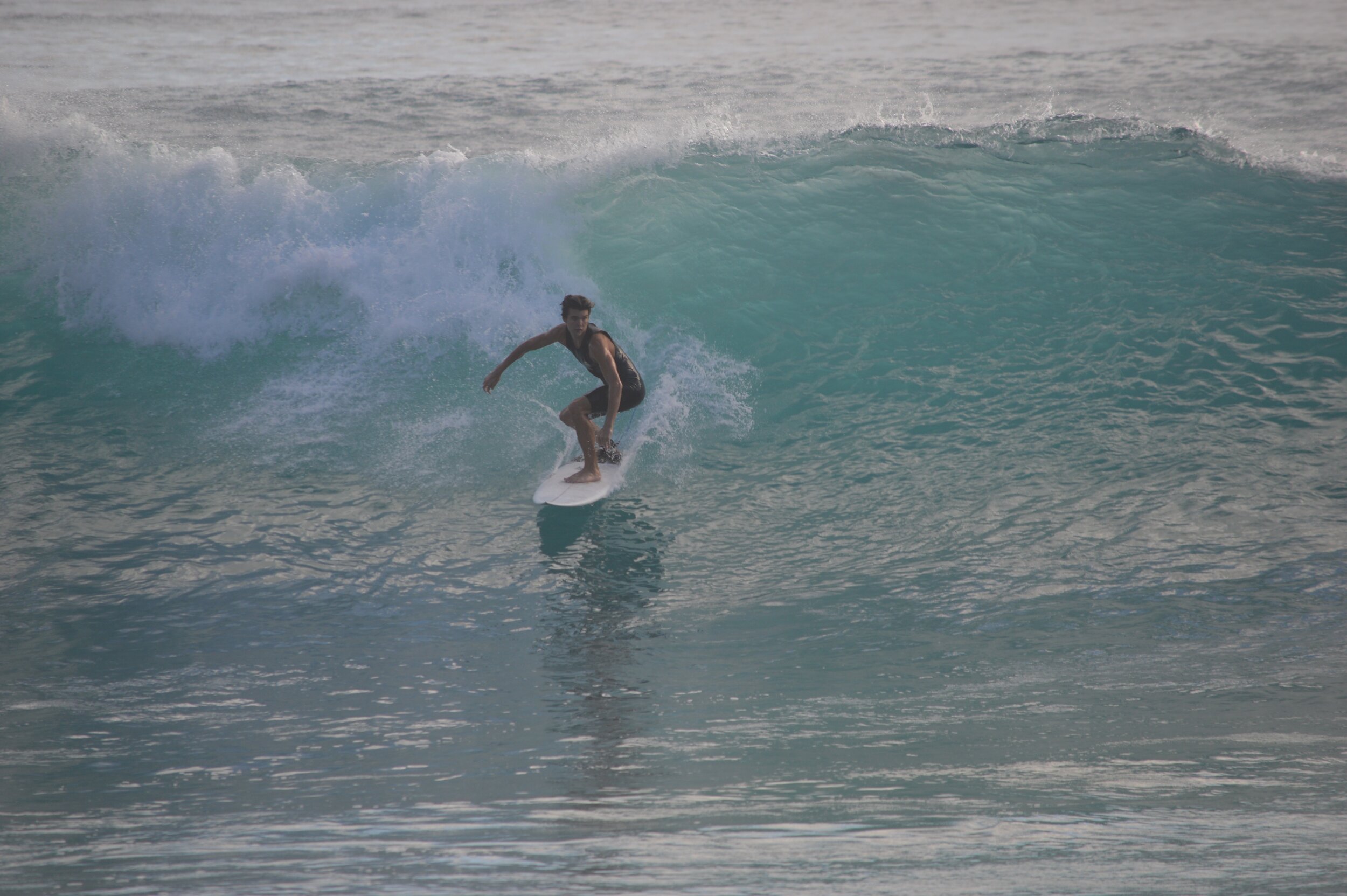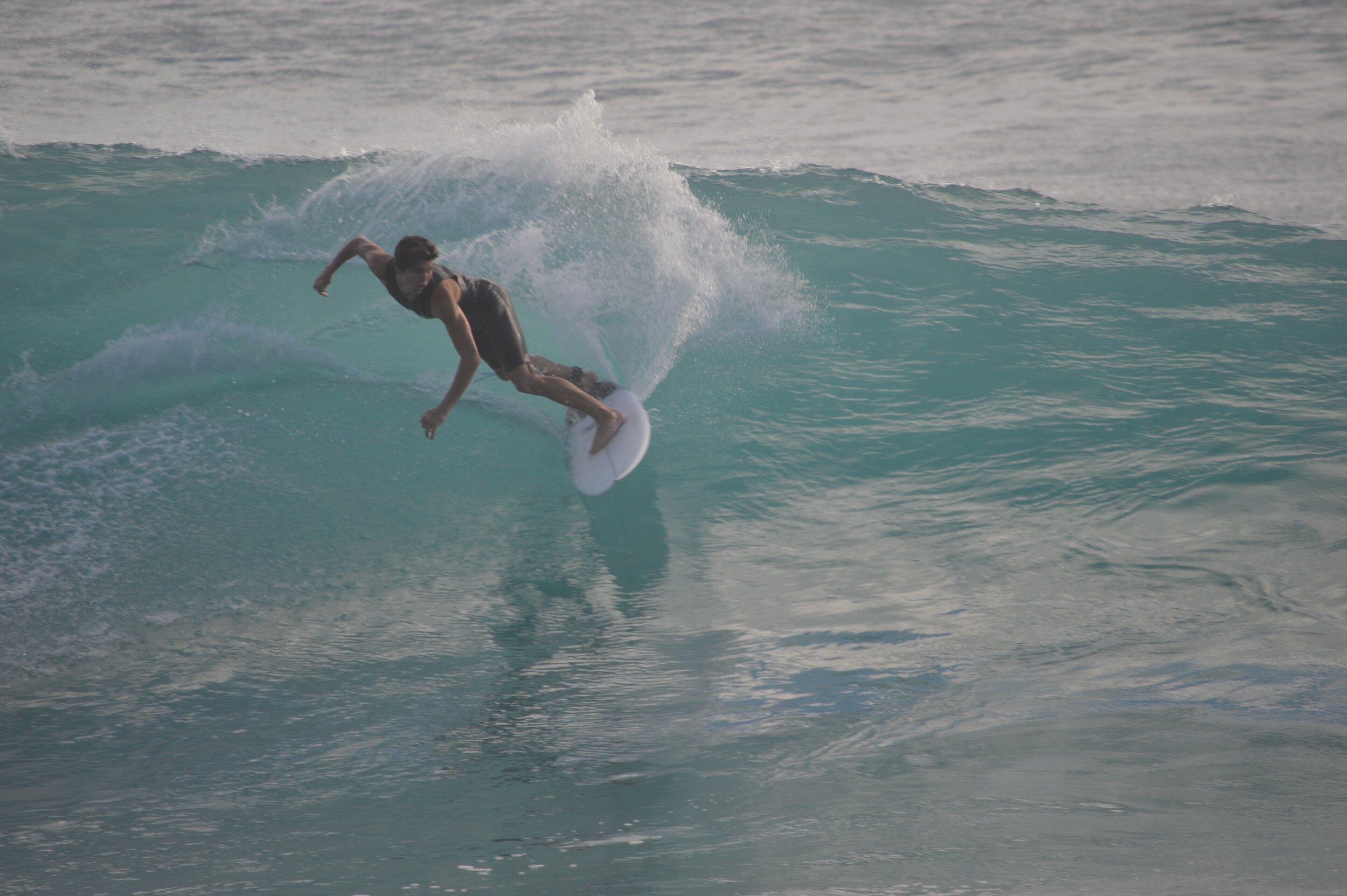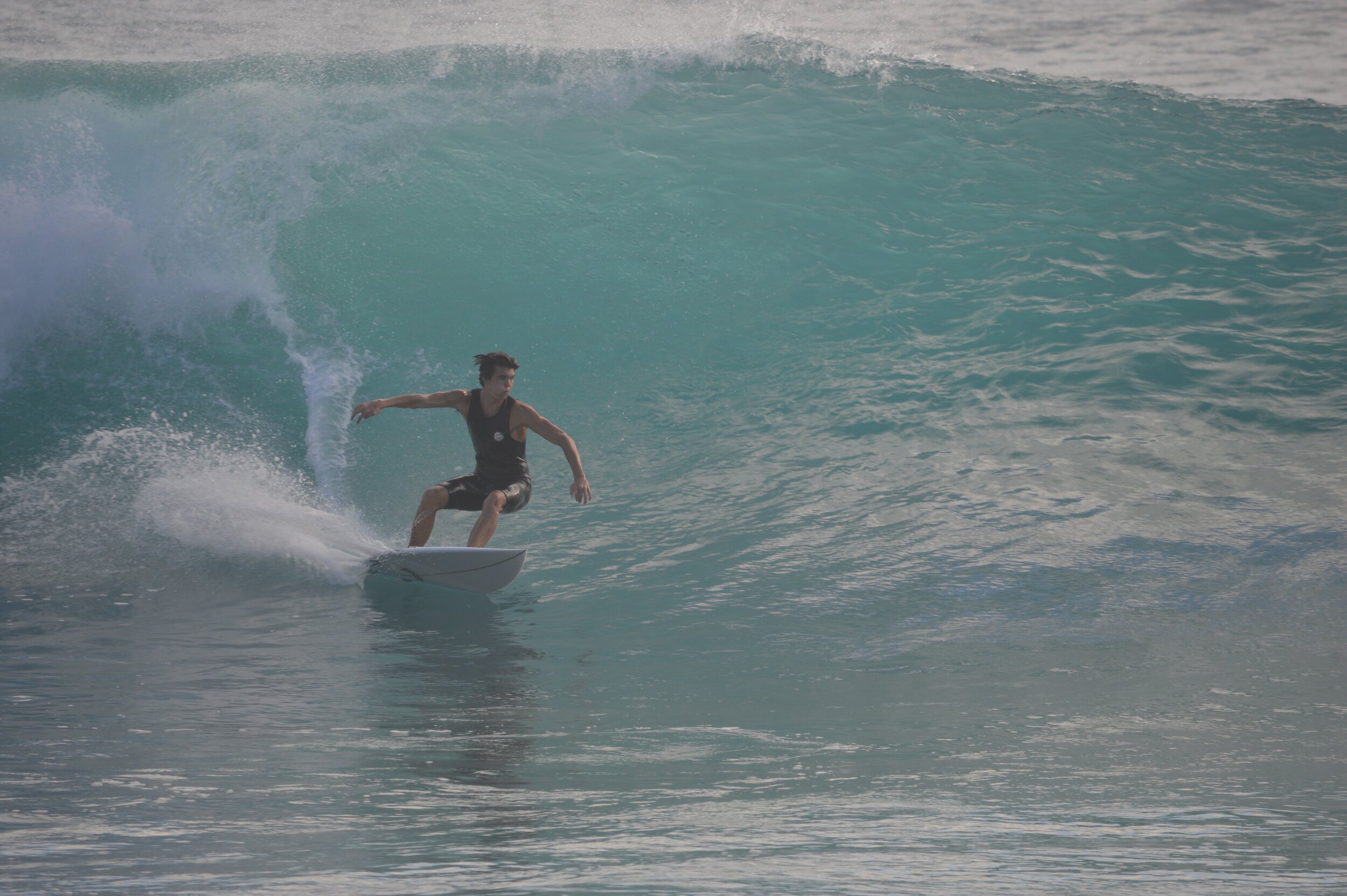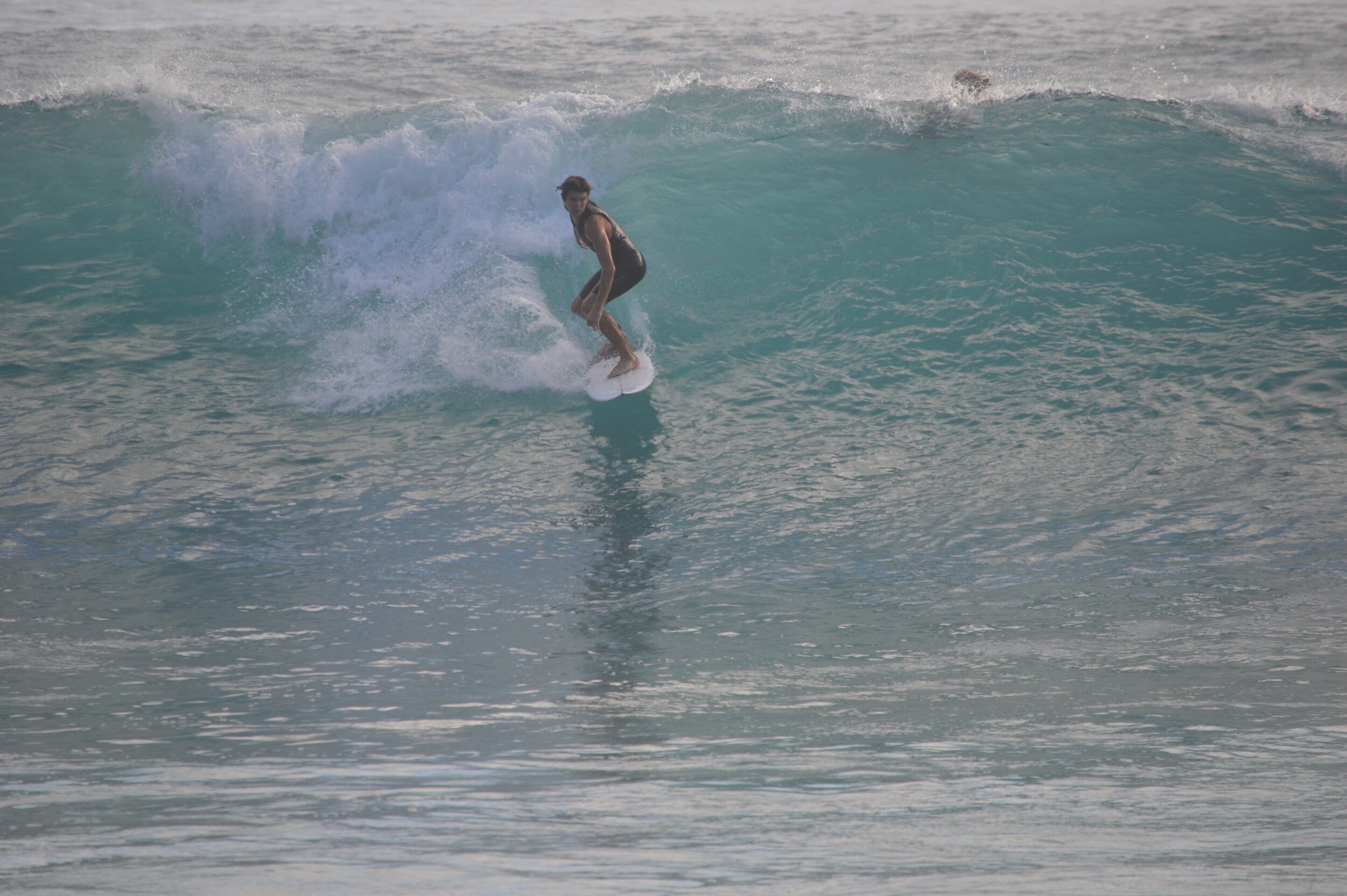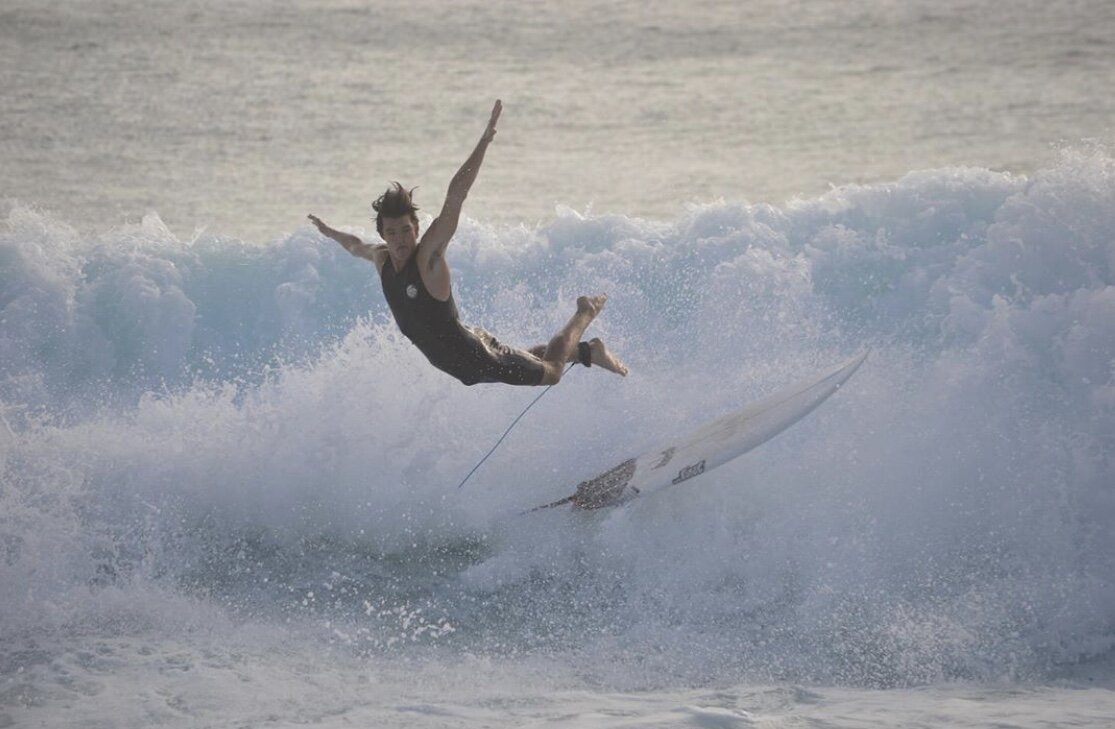Brachial Plexus Injury - Josh Davis
Josh’s Story As Told My His Mother, Diana Davis
“Dr. Brown is the reason that his arm is back, through his amazing skills and early intervention. He has a stellar reputation. He saved my kid’s arm. I know that's not as profound or as monumental as someone saying this doctor saved my kid’s life, but he saved my kid’s life the way he knows it or the way he knew it, and now knows it again.”
It was December 28 2016. My son, Josh, was 17 at that time, a very, very active 17-year-old. He was a senior in high school. We lived in Southern Los Angeles, Orange County, California, and he was a competitive surfer. He was on our high school surf team poised to take CIF, having the best year ever. He also played soccer.
In addition to those sports, in his free time, he liked to wake board, skate board and snow board. He’s into those kind of more extreme sports.
On 28 December he went up to Bear Mountain with some buddies as he had done for a year or two. He's grown up snowboarding, and he’s very good, very familiar with the mountain, very familiar with the run he was on, and very familiar with the jump that he went off. He is very skilled, and was not doing anything outside of his ability or comfort zone.
On this day he just hit the jump, wasn't able to land and essentially fell out of the sky. He came down on the right side of his body, crushing it. He broke five ribs. The clavicle was shattered and part of that punctured his lung as well as compressed the brachial plexus and subclavian artery. And then his arm – Josh said he felt it go numb, his right arm from his shoulder to his finger tips.
As a result of the injuries, he was airlifted to the local mountain hospital at which time they determined he had no flow of blood to his right arm. And so he was airlifted to a trauma center nearby where my husband and I met him. It was devastating for us as parents. He received treatment there and the good news was that he did actually have blood flow through his arm. It was definitely limited but it was enough to sustain the viability of his arm.
It was then decided that he was to have surgery on the clavicle. They needed to repair the broken collar bone and get the compression off of the artery and the network of nerves. But he wasn't in an emergency life and death situation anymore, so he didn't have that surgery until the following morning at which time they put a plate on his collar bone. The puncture to the lung was minor. They didn't have to do a patch. So he was medically in good shape, except for the right arm.
He was put in the kids’ ICU because he was only 17. The right arm was paralyzed because the brachial plexus was compressed for too long and just wasn’t viable anymore. At that time they didn’t know if he had an avulsion or if he had a rupture. They recommended we see a neurologist who specializes in brachial plexus injuries to determine the full extent of his injuries.
I took him to an orthopedic specialist here in Orange County. I know that they're not neurologists but I didn’t know what else to do. They specialize in these types of sports’ injuries and doing EMTs. Via the EMT, we learned that there was no life in his nerves.
So I started researching and came to find the Mayo Clinic in Rochester Minnesota. I connected with Mayo Clinic and I found Dr. Justin Brown. I was able to get a first appointment with Dr. Brown on 23 January, 3 weeks after the injury.
In the meantime, I'd had MRIs done. We also had CT scans done to try to determine what the extent of damage was to the brachial plexus. And everything came back with no avulsions, no ruptures, no tears, so results were somewhat inconclusive.
At the appointment with Dr Brown he was kind of looking at me with the expression: “This is bizarre. I've never really had a situation like this where we can't determine why his arm is paralyzed because the scans and the MRIs don't show any avulsions, ruptures or tears.” So he said, “I can’t see behind that plate. A plate is about seven inches long with seven screws. And we can’t see behind that. And so, I don’t know if there’s something going on behind that plate, without doing exploratory surgery.”
He was somewhat hesitant and was of the mind to maybe wait, but there were risks in waiting. After exploring the options, Dr. Brown, my son Josh, and I, opted for that exploratory surgery. The surgery took place at 6 weeks. The good news…..there weren’t avulsions, ruptures, and tears. It was just massive scar tissue. And Dr. Brown spent six or seven hours removing the scar tissue.
The long thoracic nerve had such extensive scar tissue that he felt in getting it all removed, the nerve might be damaged. So he did a nerve graft from my son’s leg.
The surgery was successful and slowly but surely, he started to recover. And as soon as he could he started physical therapy and we followed the regime and the protocol. Over time his arm started to ‘come back.’ And then his hand started to ‘come back’ a little. I did actually end up taking him to Boston. He’s seen Dr. Brown in Boston twice and I took him to the Mayo Clinic too just to get a confirming opinion. His hand wasn’t improving as quickly. Nerves grow very slowly but the unfortunate part of nerve damage, is your muscles can atrophy to the point of not being recoverable and your small intrinsic and extrinsic muscles in your hand can’t be transplanted. So if those muscles die off before the nerves make it to them that’s a serious loss . I wanted to make sure we were doing everything we could medically, to ‘get that hand back.’
The good news is that the Mayo Clinic and Dr. Brown had identical recommendations. We learned that further surgery could be done taking a tendon from one of the fingers and attaching it to the thumb, but that decision could be make at a later stage when we see how much of the hand ‘came back.’
We just passed three years after his injury (December 2019). And although he has used enough of his hand to function daily, his hand is not one hundred percent. His fingers don’t fully extend or straighten flat, on a flat surface. His have a little bit of an arc to them via that middle knuckle. But he has learned to compensate and the hand’s ‘come back’ enough that if someone didn’t know he had had this accident, they would never know.
He’s back surfing. We let him go to college. He had applied and was accepted back in his senior year to go to the University of Hawaii, for surfing first and education second. And he’s doing amazingly well. We were really hesitant to let him go, but we did. And it was the right decision. He’s on track to graduate in four years. He’s actually doing double major there. He couldn’t be doing better. That kid is living his best life. We couldn’t be more proud. I would have done anything to give him his arm back. He’s got his arm. Exterior rotation isn’t quite as strong as or as vast, but it’s still getting better and better. I would say his arm is 95-99%.
As far as I’m concerned, it’s a hundred percent, because he is doing everything he wants to do. He is surfing fully, twice a day, everyday, and that is therapy for Josh. Just in the paddling part of surfing, that’s good exterior rotation. And he has to take that right hand and he has to push that down on the board as he stands up. And he didn’t have enough strength in the beginning to do that. And now that’s no problem at all. He’s not impaired.
And the one thing I’ll tell you if you were to say to me, why do you think your son recovered and another patient has not? My answer will be two things. It would be Dr. Brown. He’s amazing. I mean he’s just amazing. He saved my son’s arm. I couldn’t get anybody else to see Josh within that three-month window and Dr. Brown did. And not only did he see him, but he did surgery on him at six weeks, post injury. That’s why my son has his arm back. I’m absolutely 100 percent convinced. In fact, Mayo Clinic actually even said that. When I took him there, they said “Your son is a prime example of why early intervention is key, and we need to rethink why we don't see patients until the three-month mark.”
First contractions two months after surgery
So Dr. Brown is the reason that his arm is back, through his amazing skills and early intervention. He has a stellar reputation. He saved my kid’s arm. I know that's not as profound or as monumental as someone saying this doctor saved my kid’s life, but he saved my kid’s life the way he knows it or the way he knew it, and now knows it again.
My son’s attitude is the other factor. He never had a thought that, “I’m not going to recover.” His attitude was, “The injury happened and now I need to focus on getting better. ” He had such a positive attitude and belief. You have no idea.
Finally, I would say, early intervention is key, no matter what the cause, no matter how bad the injury. Do your research so that you are informed. Publications and the internet are powerful resources. And if you have the means to travel to the leading professionals in that specialized field, then do that.
Josh’s Recovery - Video 1
Small muscles of hand beginning to recover
Josh’s Recovery - Video 2
Summary of arm function
Photos of Josh - Before And After
Book a consult with the Paralysis Center today (844) 930-1001
